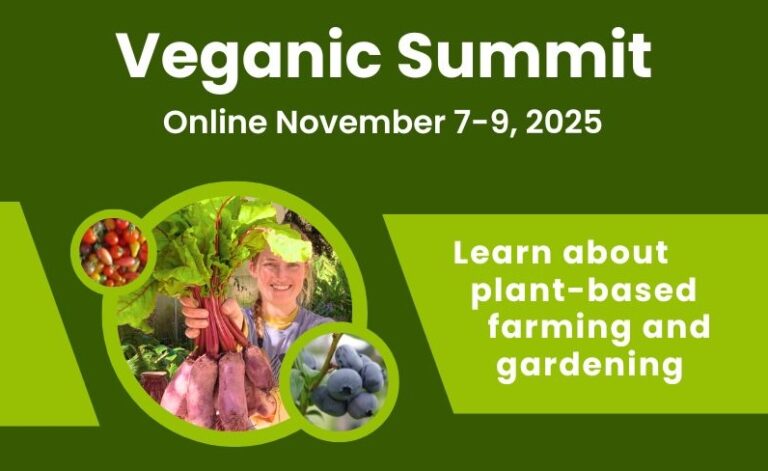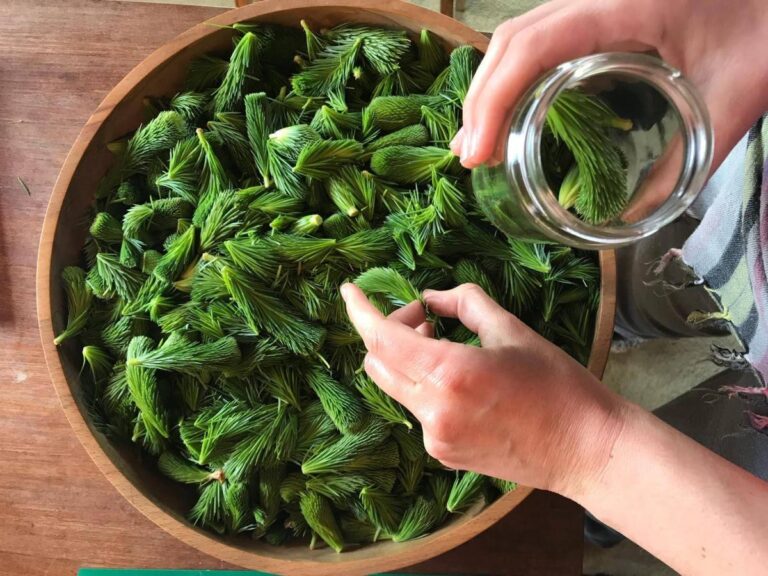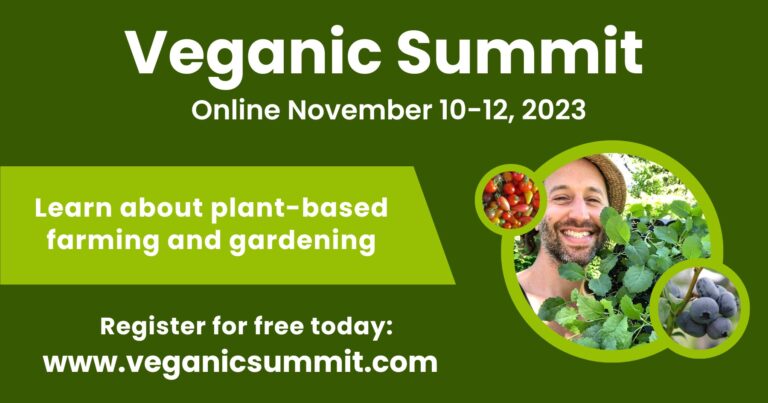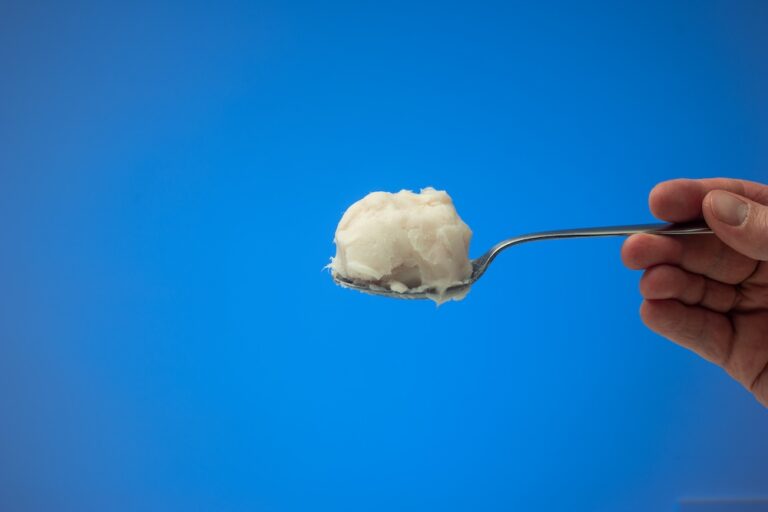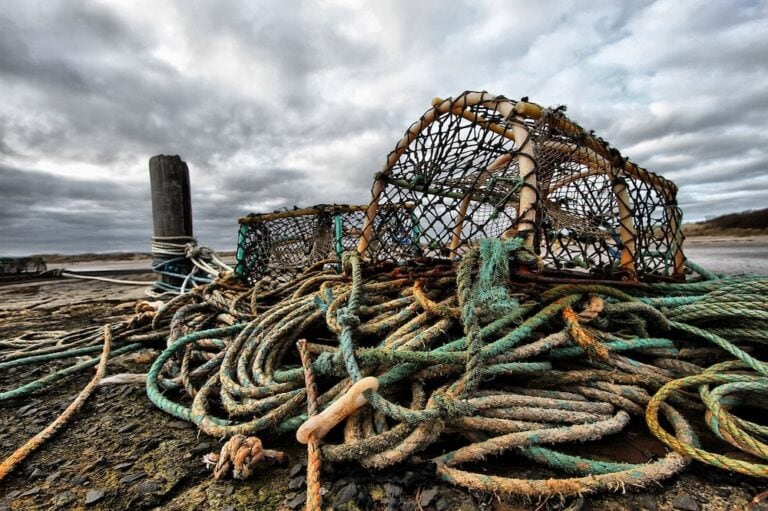Buying organic food is not just about health. It’s about aligning with values of sustainability, and a desire to opt out of agriculture’s most destructive practices. But what if even your organic fruits and vegetables are quietly tied to the systems you are actively trying not to support? Beneath the clean, green image of organic farming, there lies a troubling truth.
Surprising as it may be to some, many organic crops are grown in soil “enriched” with the byproducts of animal farming and slaughter, along with the toxins absorbed by the animals throughout their lives. When integrated into the soil through animal-based agricultural inputs, these persistent pollutants can be taken up by plants.
This quite obviously raises fundamental questions. Organic farming aims to protect both human and planetary health, but partnering with animal agriculture is a contradiction of these underlying values. Even certified organic vegetables may be fortified by the remnants of animals who lived short, miserable lives in confinement, treated with hormones and antibiotics to speed up their growth, and fed on fish from toxic waters and/or genetically modified and herbicide-laden crops.
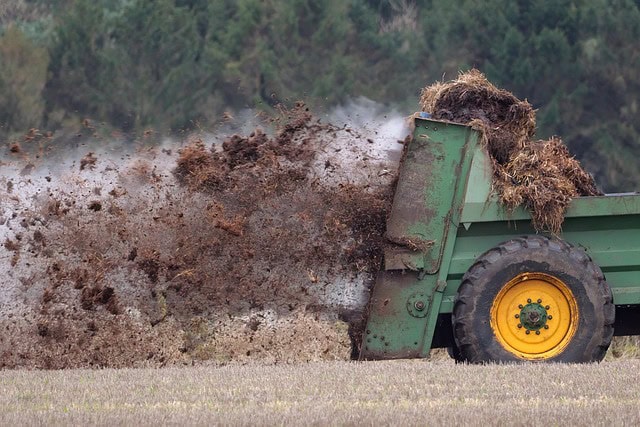
Under USDA organic standards, crops must be grown without synthetic pesticides, herbicides, GMOs, or chemical fertilizers. However, the same standards allow a wide range of “natural” soil amendments derived from animals. There is no requirement that these animals were organically raised. In fact, they almost always come from conventional slaughterhouses, CAFOs (concentrated animal feeding operations), and industrial fish processing plants. In addition to the ethical baggage of a system already rooted in exploitation, these inputs also carry chemical and pharmaceutical residues from an entire lifecycle of toxic exposure.
The fact that these “soil amendments” are considered “organic-approved” because they are “natural” misses the bigger picture: that they are inseparable from systems of industrialized violence, and they contaminate the soil with harmful substances that the animal industry uses indiscriminately.
The transfer of pollutants from contaminated soil to produce is a recognized environmental concern and a key area of study in environmental science and agriculture, often discussed in the context of soil remediation and food safety. The very process that makes plants useful for cleaning up contaminated soil—phytoremediation—is proof that they absorb pollutants. Numerous studies have analyzed crops grown in soil contaminated with heavy metals or persistent organic pollutants. These studies consistently show that plants take up these contaminants.

According to a John Hopkins study, feather meal (used commonly to fertilize organic crops) has been shown to contain residues of arsenic and pharmaceuticals used in poultry farming, including antibiotics and antidepressants. These contaminants persist in the soil and can enter the organic food supply through plant uptake or in groundwater. Manure and composted waste from CAFOs often contain antibiotic-resistant bacteria and glyphosate residues from GMO feed crops. Studies have documented that these substances persist even after composting, posing risks to soil health, water systems, and ultimately human health.
Fertilizers like blood and bone, feather meal, and meat and bone meal (MBM) are derived from the rendering process, which processes animal body parts that are considered by industry standards to be unfit for human consumption. Unknown to most, this includes animals categorized as “4D.” 4D animals are those that are Dead, Diseased, Dying, or Disabled when they arrive at the slaughterhouse. Under federal regulations, these animals are condemned from use in the human food supply but their rendered remains can be used in the fertilization of soil on organic farms.
Fish-based fertilizers are no less concerning. Fish from polluted waters bioaccumulate toxins like mercury, PCBs, and microplastics, as well as everything else that washes into the water from industry on land. Fish meal and fish emulsions used for organic growing deliver these substances directly into the soil.
The industry practice of using fish-based animal feed allows these same contaminants to further bio-accumulate in the bodies of land-based animals such as cows, pigs, and chickens, before ultimately entering the soil in the form of manures and post-slaughter by-products such as the blood and bone rendered from animals fed on those fish.
On an environmental note, some fish meal comes from species such as anchovies and sardines, which are critical to marine ecosystems: another reason their use should be banned in organic farming.
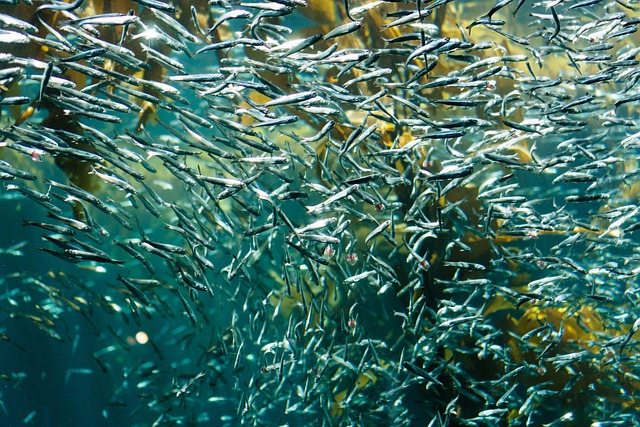
For vegans, the problem is twofold. It is both a violation of core values and a deceptive breach of trust. Consumers are led to believe that organic agriculture is clean, green, and wholesome. But if the carrots, spinach, or kale you’re buying were grown in soil infused with the remains of slaughtered animals, through systems you fundamentally reject… can it truly be called ethical, or even organic?
Also concerning is the lack of transparency. Organic labels rarely, if ever, disclose what kinds of fertilizers were used. There’s no indication on a label whether a product was grown with blood meal or with a plant-based compost. This makes it very challenging for the consumer, especially for vegans who are trying to avoid participating in animal exploitation at every level.
Thankfully, there is a growing movement of veganic farmers… those who grow crops without any animal-based inputs. They use green manures, crop rotations, composted plant matter, and other amendments to build soil fertility without relying on slaughterhouse waste. However, this method is not yet recognized under separate organic certification, and veganic products remain hard to find at scale.
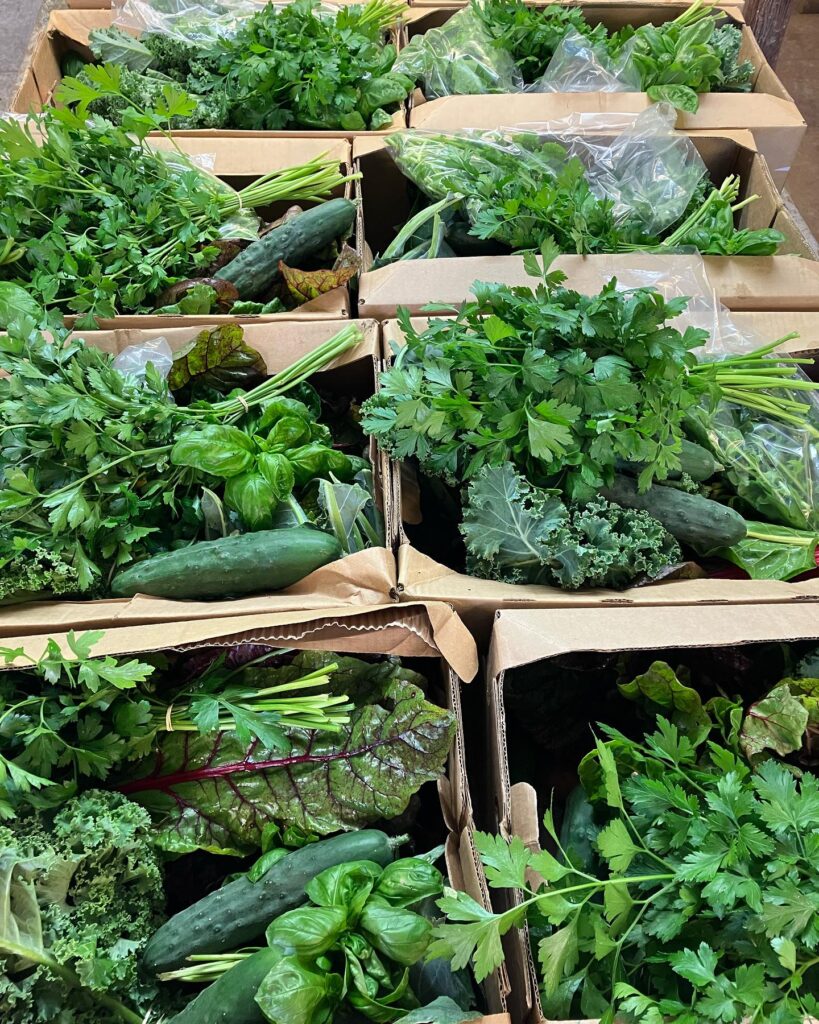
One of the most effective ways to identify veganic food is to ask the grower directly, especially if you’re shopping at a farmers market, participating in a CSA (community-supported agriculture), or buying from a local co-op. You can ask specific questions like, “Do you use manure, blood meal, fish emulsion, or any other animal-based fertilizers?” and “What do you use instead?”
Many small farms that farm organically are happy to discuss their practices, and some may already be using veganic or plant-based methods without officially labeling it as such. Instead of animal products, these growers often use composted plant matter, green manures, seaweed, and cover crops to build soil fertility.
While there’s no USDA-approved “veganic” label yet, a few independent certifications and movements are beginning to gain traction, particularly in Europe. The Biocyclic Vegan standard, based in Germany, certifies farms that use strictly plant-based methods and no animal-derived inputs. In the UK, the Stockfree Organic certification by the Vegan Organic Network similarly ensures that no animal manures, slaughterhouse waste, or livestock feed inputs are used at any stage of the growing process. Though these certifications are still new, they are a promising sign that standards for animal-free farming are being developed and recognized.
In North America, some farms self-identify as veganic and promote their practices online or through their packaging. These may include certified organic farms that go above and beyond organic standards by intentionally avoiding animal inputs. Farms such as Eastward Gardens in Indiana, Little Logan’s Farm in Upstate New York, and Plantiful Farm in North Carolina are examples of producers that practice veganic growing and may offer CSA shares, local produce boxes, or direct-to-consumer sales. Some farms are also listed through directories provided by the Vegan Organic Network, which maintains a global list of veganic-friendly growers.
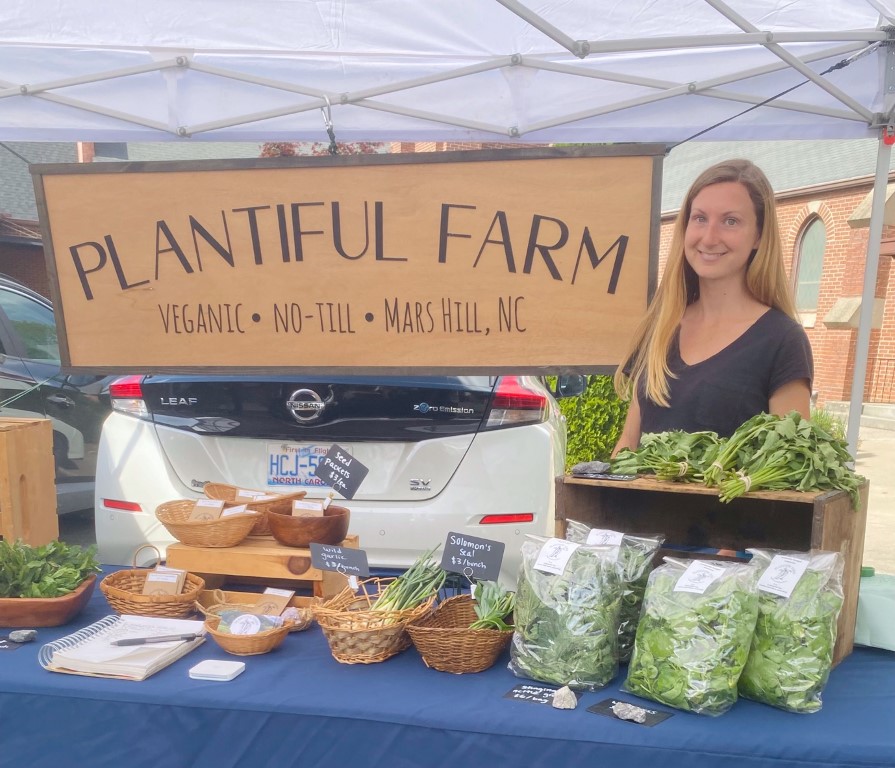
If you’re receiving a weekly produce box or shopping for fresh vegetables at a natural foods store, look closely at the farm descriptions. Phrases like “grown without animal inputs,” “veganically grown,” “plant-based soil amendments,” or “no manure used” are good indicators. If the information isn’t available on the label or website, don’t hesitate to reach out to the farm directly. Most small-scale producers are responsive and open to sharing their growing methods, especially when they know there’s a demand for animal-free agriculture.
For those growing their own food, identifying veganic fertilizers is more straightforward. Avoid fertilizers labeled with blood meal, bone meal, feather meal, fish emulsion, or manure—even if it’s “organic.” These are all byproducts of animal agriculture. Instead, look for products based on organic alfalfa meal, seaweed extract, or composted plant matter. Many vegan gardeners also use green manures and cover crops like clover or vetch to naturally improve soil fertility without relying on animals.
Ultimately, sourcing veganic food right now takes more effort, but it is possible with the right questions and resources. Until a standardized “veganic” label becomes widely available, transparency and trust between farmers and consumers are key. For those committed to aligning their food choices with their ethics, supporting veganic farms and asking for animal-free labeling is not only a practical step, it’s a way to help grow a cleaner, more transparent food system.
In a world increasingly aware of the ethical, ecological, and health costs of animal agriculture, the organic movement must do better. If it truly wants to represent sustainability and transparency, it must evolve to exclude materials rooted in cruelty and chemical contamination.
For now, vegans face an uncomfortable reality. That the clean food ideal we’re buying into may still be quietly sustained by the industries we seek to dismantle. The next step is clear. We must push for more plant-based organic standards, demand labeling transparency, and support veganic agriculture whenever possible. Holding true to these aspirations and personal boundaries will only help to make veganic produce the new standard, and further assist consumers in putting an end to animal agriculture’s cruel practices once and for all.
Sources
- The uptake of persistent organic pollutants by plants
https://www.researchgate.net/publication/225726406_The_uptake_of_persistent_organic_pollutants_by_plants - Fate of per‑ and polyfluoroalkyl substances through commercial composting facilities
https://pubmed.ncbi.nlm.nih.gov/40187501 - Evidence of compost contamination with PFAS from ‘compostable’ food serviceware
https://pubmed.ncbi.nlm.nih.gov/37278597 - Fate and impact of pharmaceuticals and personal care products during septage co‑composting
https://pubmed.ncbi.nlm.nih.gov/32402901 - Forever Pesticides: A Growing Source of PFAS Contamination in the Environment
https://ehp.niehs.nih.gov/doi/10.1289/ehp13954

Veganic Gardening and Farming Resources
As the Veganic (Vegan Organic or Stockfree Organic) movement continues to grow, many online resources have become available for new and experienced gardeners and farmers who are interested in these sustainable and ethical growing methods.

Easy Guide to Vegan Organic Fertilizers
If you’re new to veganic gardening and searching for alternatives to blood, bone and other so-called “organic” fertilizers, then this list of eco-friendly soil amendments will strengthen and support your green thumb.
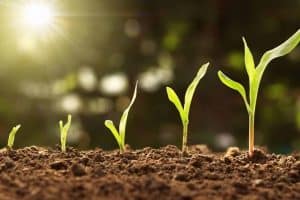
Beginner’s Guide to Veganic Gardening
Vegan-organic gardening avoids not only the use of toxic sprays and chemicals, but also manures and animal remains.


